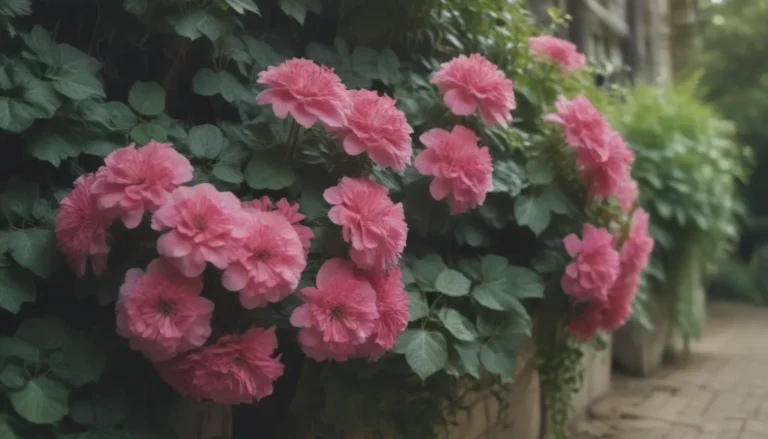The Ultimate Guide to Growing and Caring for Lady Palms Indoors

Are you looking to add a touch of tropical elegance to your indoor space? Look no further than the lady palm (Rhapis excelsa). This small palm species is known for its dense clumps of slender green stems and fan-shaped, glossy fronds. In this comprehensive guide, we will walk you through everything you need to know to successfully grow and care for lady palms in your home.
Lady Palm Overview
The lady palm is a popular houseplant due to its tolerance for low-light conditions. Indoors, it typically grows much smaller than when grown outdoors, reaching heights of 6 to 15 feet. With its slow growth rate of less than a foot per year, the lady palm is a low-maintenance plant that adds a touch of sophistication to any room.
Lady Palm Care
Here are the main care requirements for growing lady palms as houseplants:
Light
Place your lady palm near a window where it can receive bright indirect light. A north- or east-facing window is ideal, while south- and west-facing windows may require shading to protect the plant from leaf burn caused by direct sunlight.
Soil
Lady palms require soil with excellent drainage. Opt for a potting mix specifically designed for palms or African violets to ensure optimal growth.
Water
Lady palms have average water needs. During the spring and summer, water your plant whenever the top inch of soil feels dry. In the fall and winter, reduce watering to when the top 2 inches of soil feel dry.
Temperature and Humidity
Maintain typical room temperatures between 60 and 80 degrees Fahrenheit for your lady palm. Avoid exposing the plant to temperatures below 55 degrees Fahrenheit, as this can damage it. The ideal humidity level for lady palms is 50% or higher. If you notice brown leaf tips, it may be a sign that the humidity is too low. To increase humidity, mist your plant regularly or place its pot on a tray of pebbles with water.
Fertilizer
Lady palms only need to be fertilized during the growing season. From April to September, feed your plant monthly with diluted liquid houseplant fertilizer.
Types of Lady Palm
There are several varieties of the lady palm available, each with its unique characteristics, including:
- R. excelsa ‘Koban’
- R. excelsa ‘Daruma’
- R. excelsa ‘Tenzan’
- R. excelsa ‘Kodaruma’
- R. excelsa ‘Zuikonishiki’
Pruning Lady Palms
Lady palms require minimal pruning. Avoid removing fronds with slight browning as the plant still derives nutrients from them. However, if an entire frond is discolored or dead, you may prune it off. It is also a good idea to remove offsets or pups growing at the base of the plant to prevent overcrowding and competition for resources.
Propagating Lady Palm
Lady palms can be propagated from seeds or through division. Division is the preferred method as it is faster and produces a plant true to the parent. Mature lady palms develop clusters of offsets at the base of the plant, which can be used for propagation.
Potting and Repotting Lady Palm
Lady palms do not mind being slightly cramped in their pots. When repotting, choose a container slightly larger than the root ball and ensure it has proper drainage. Repot your lady palm every other year in the spring into a slightly larger pot to support its growth.
Common Pests & Plant Diseases
Lady palms are generally resistant to pests and diseases, but be on the lookout for scale, spider mites, and mealybugs. Signs of infestation include wilting or yellowing leaves, sticky substances or webbing on the leaves, and tiny dots along the plant. Lady palms are also prone to leaf spot diseases.
Common Problems
Iron deficiency is a common issue when growing lady palms as potted plants. Symptoms include light greenish-yellow leaves with dark green blotches. This deficiency is often caused by poor soil aeration, preventing proper absorption of iron. Repotting the plant with fresh potting mix and proper fertilization can help remedy this issue.
In conclusion, lady palms are a beautiful addition to any indoor space. With the right care and attention to their needs, you can enjoy lush, green foliage year-round. So, go ahead and bring a touch of the tropics into your home with a lovely lady palm!





